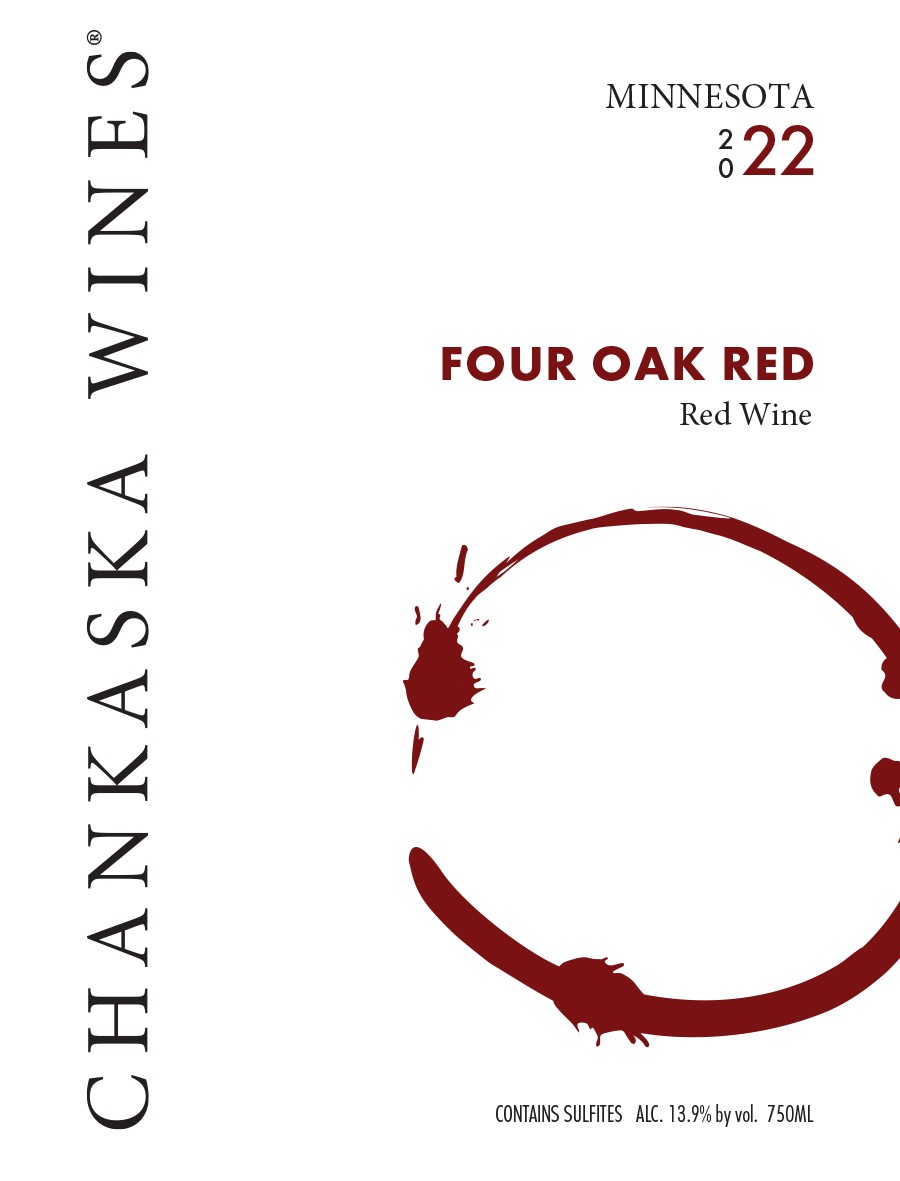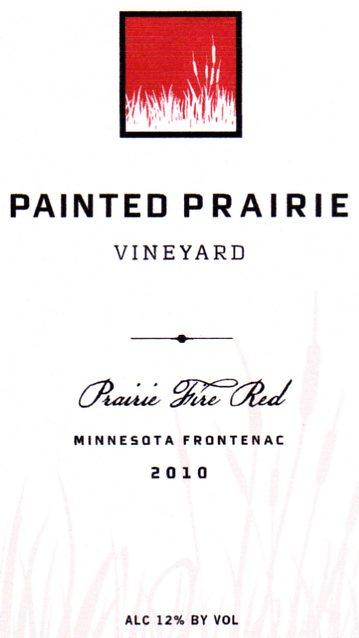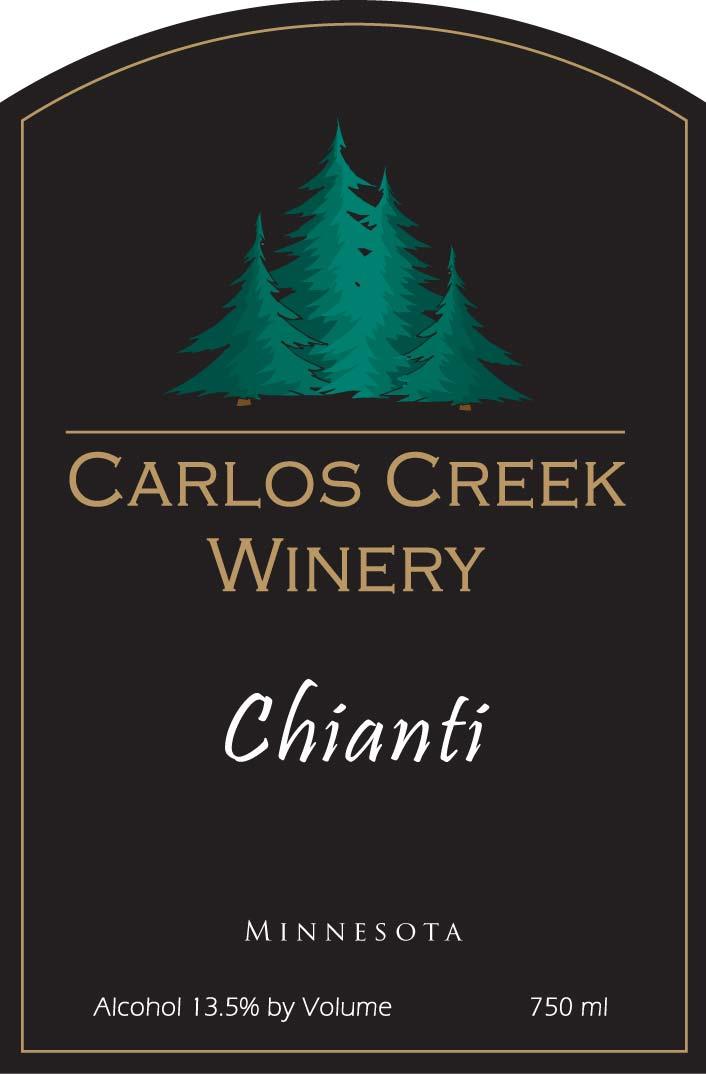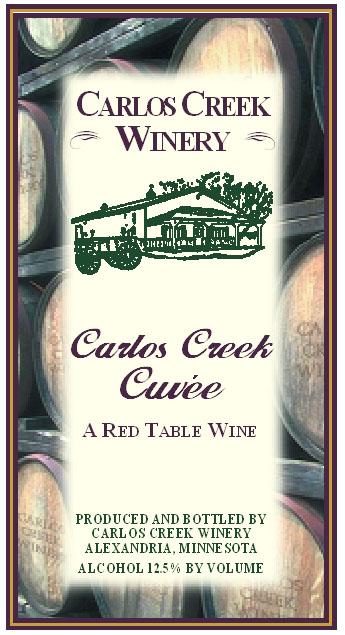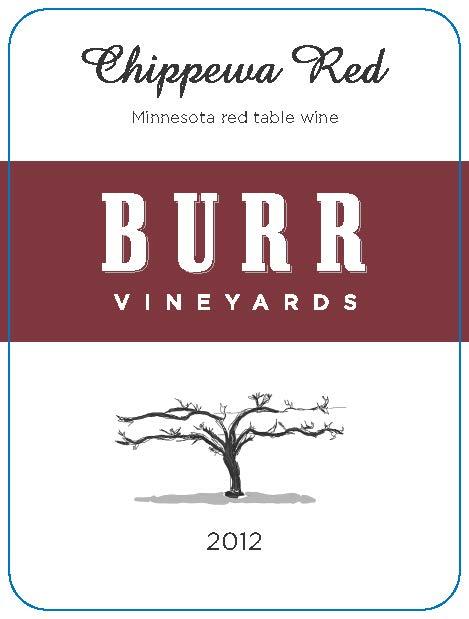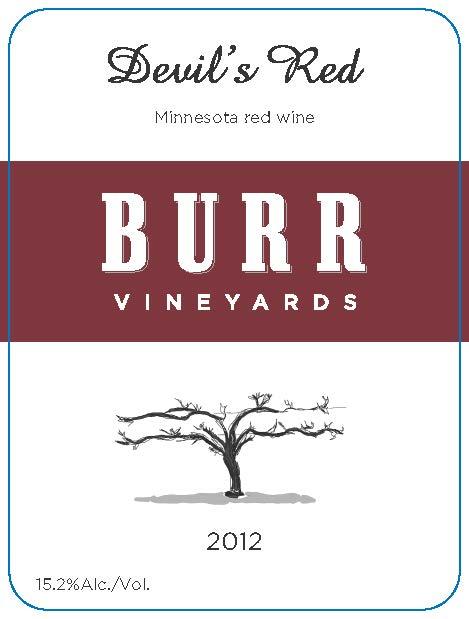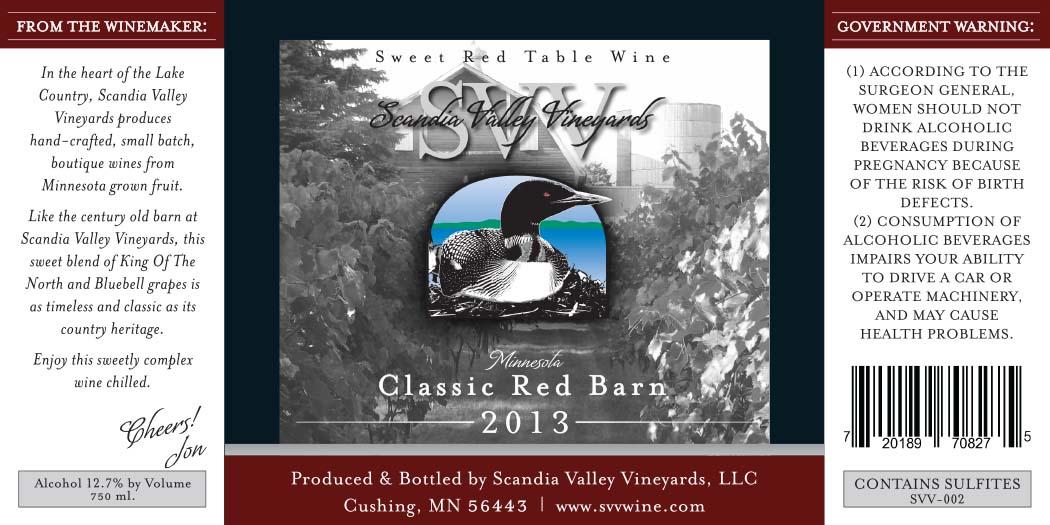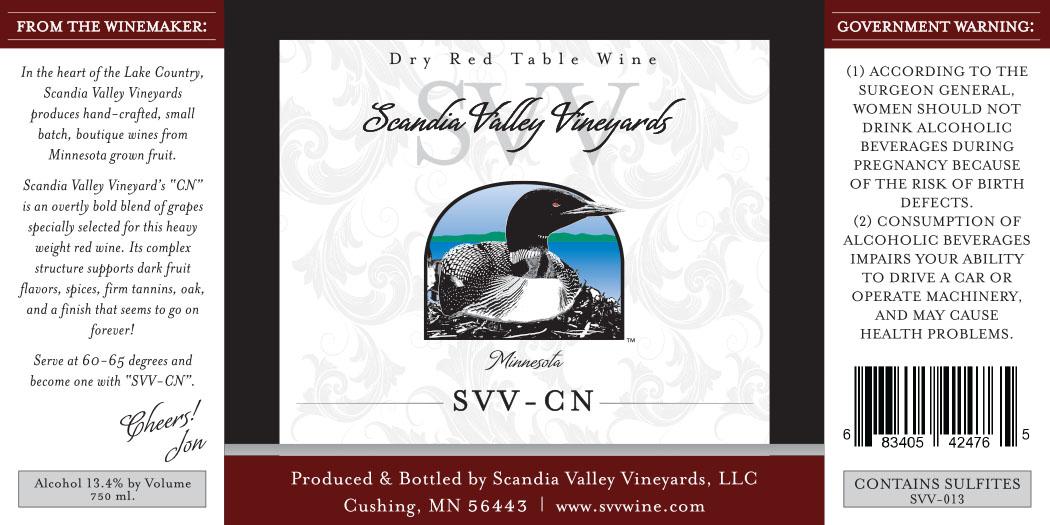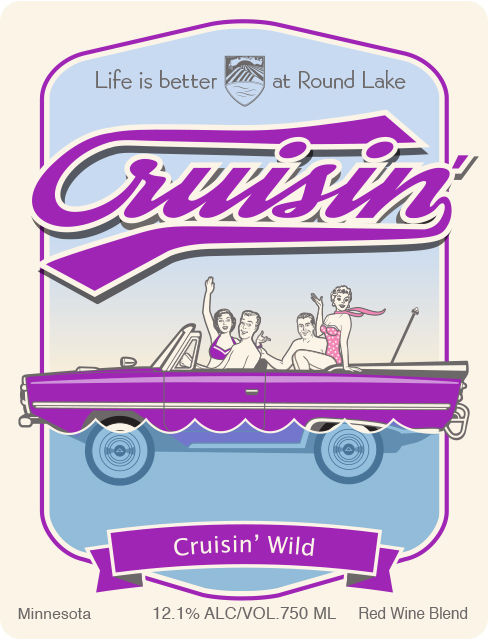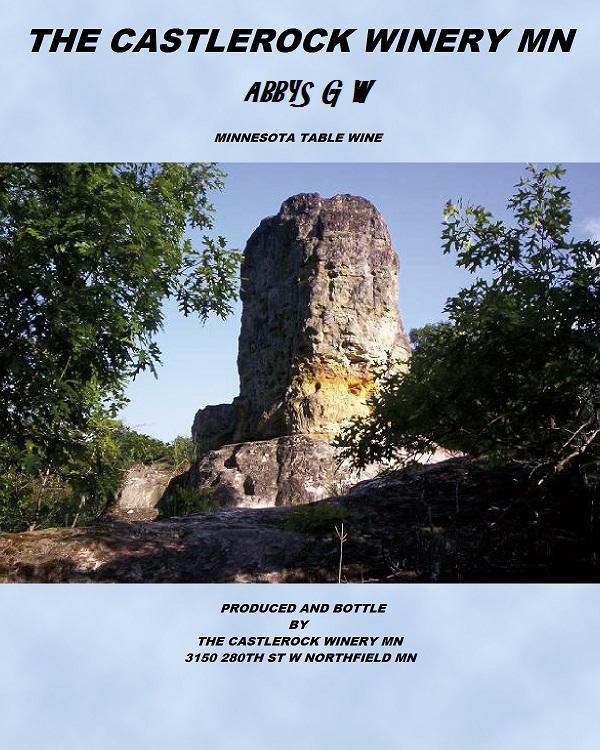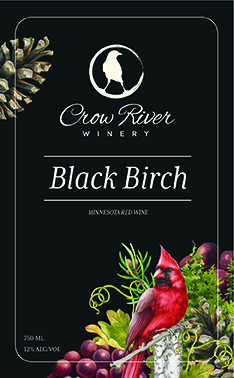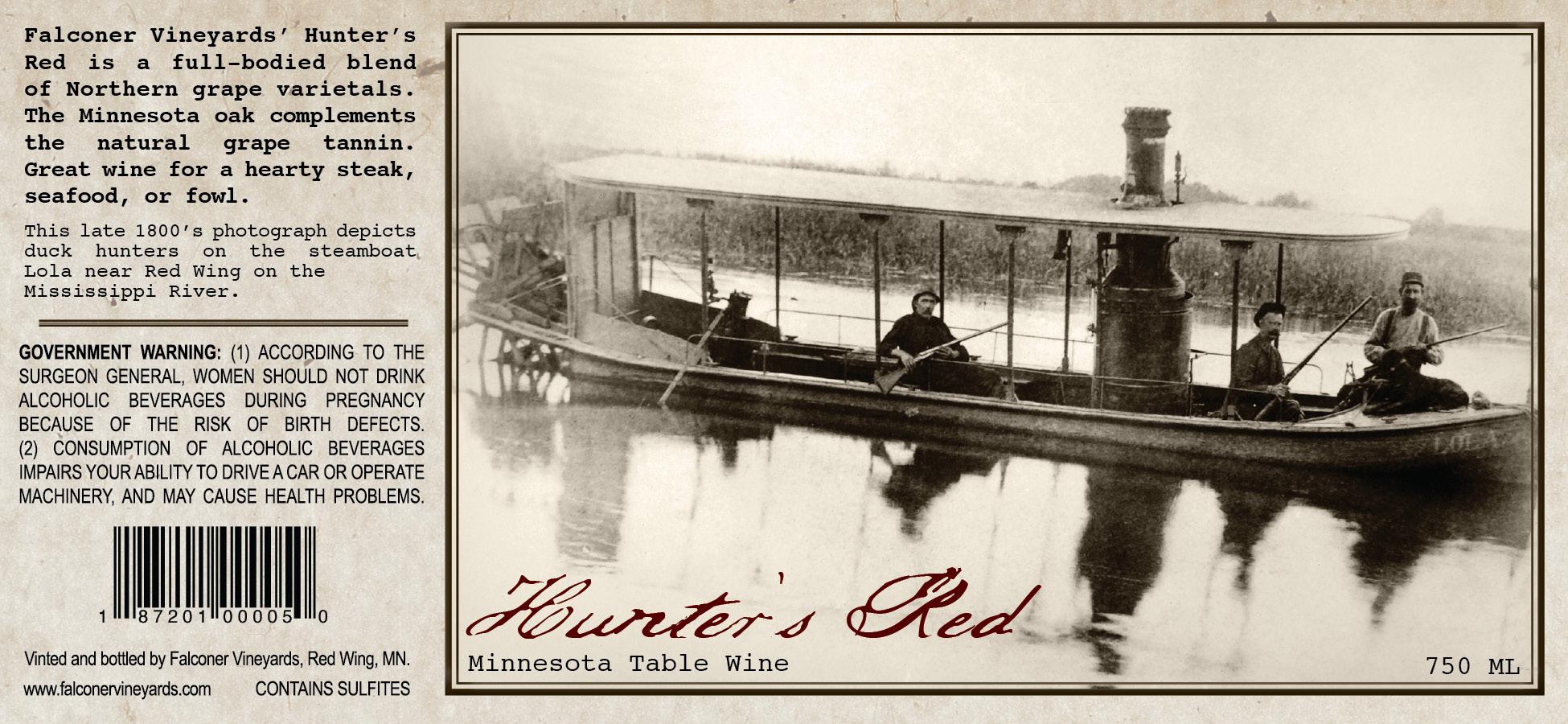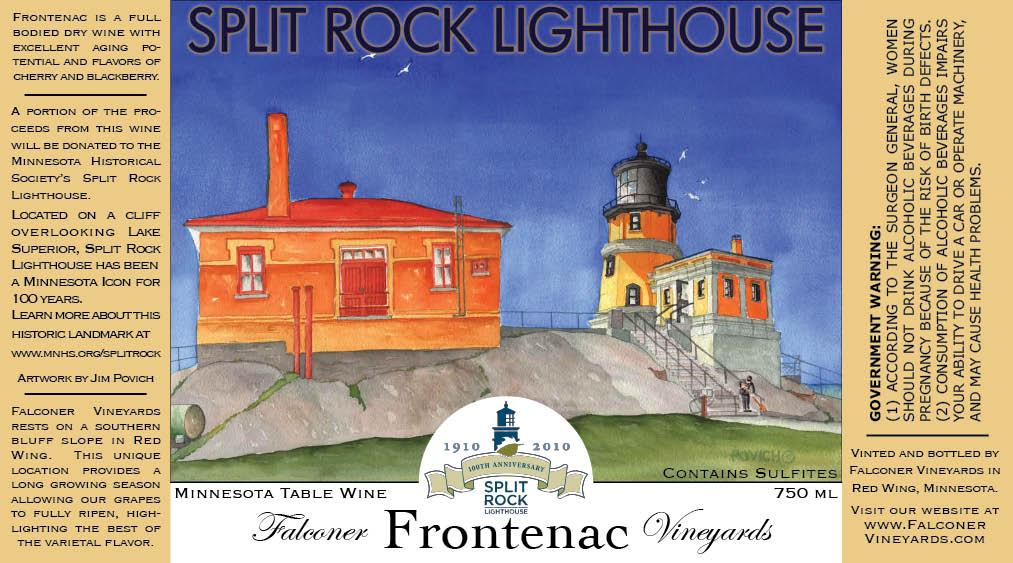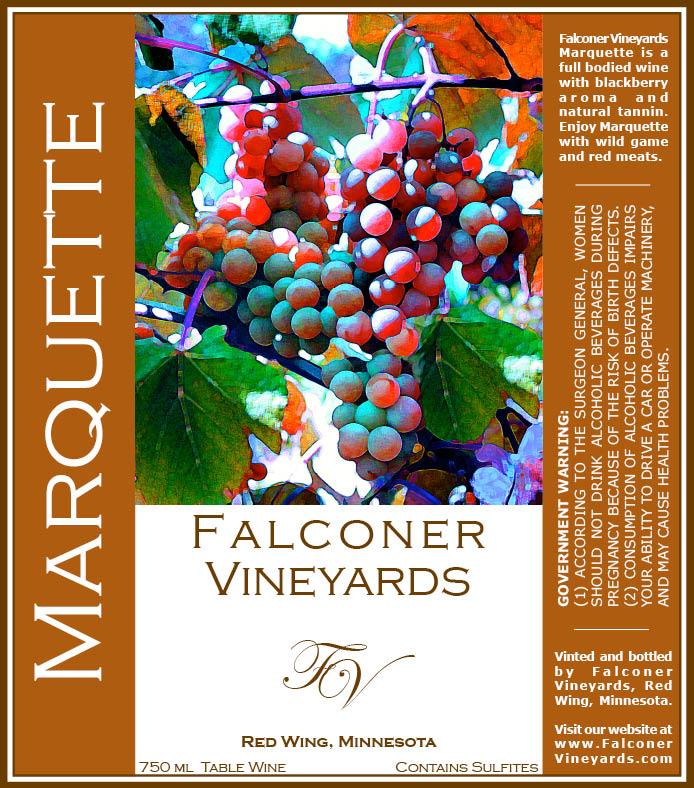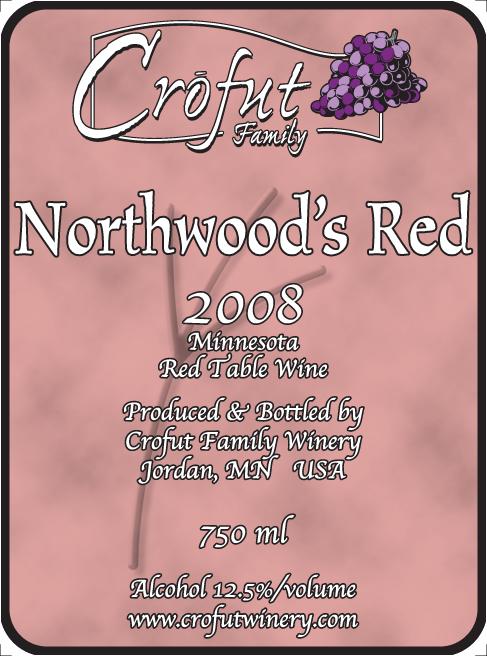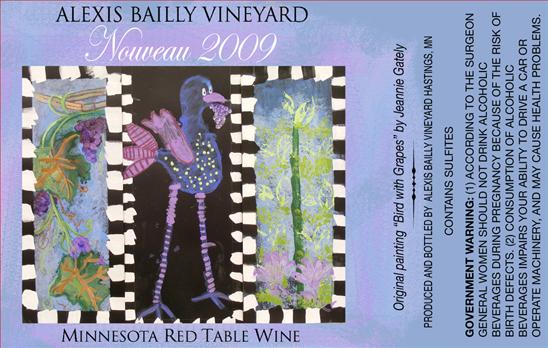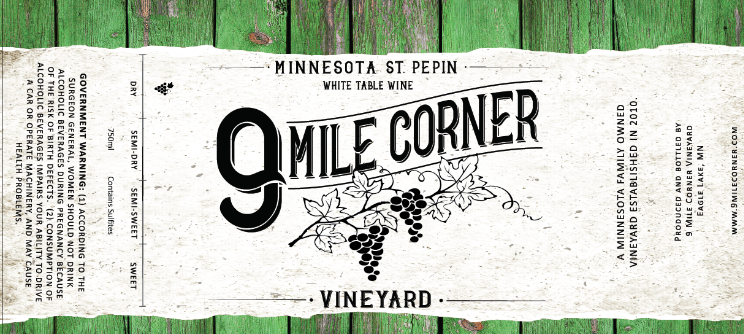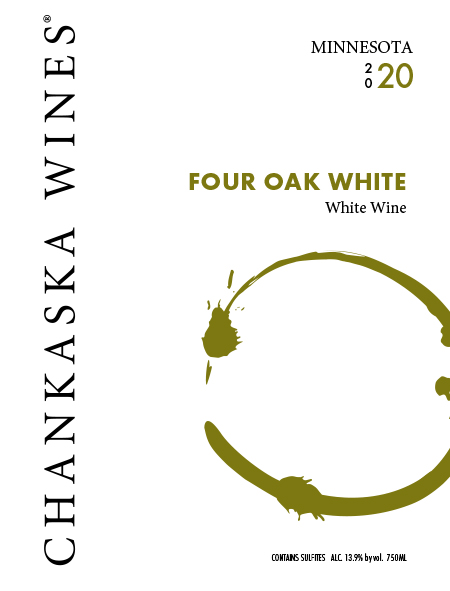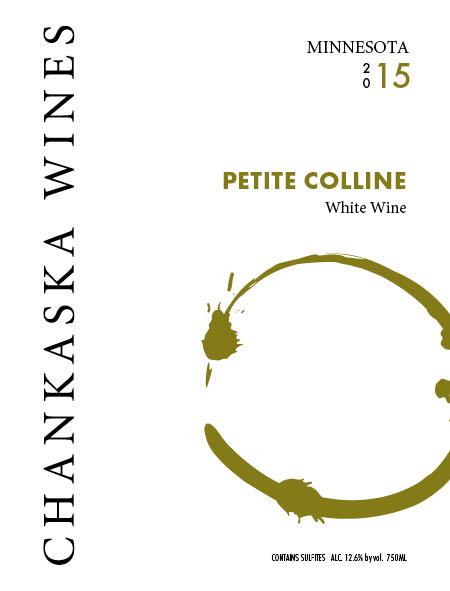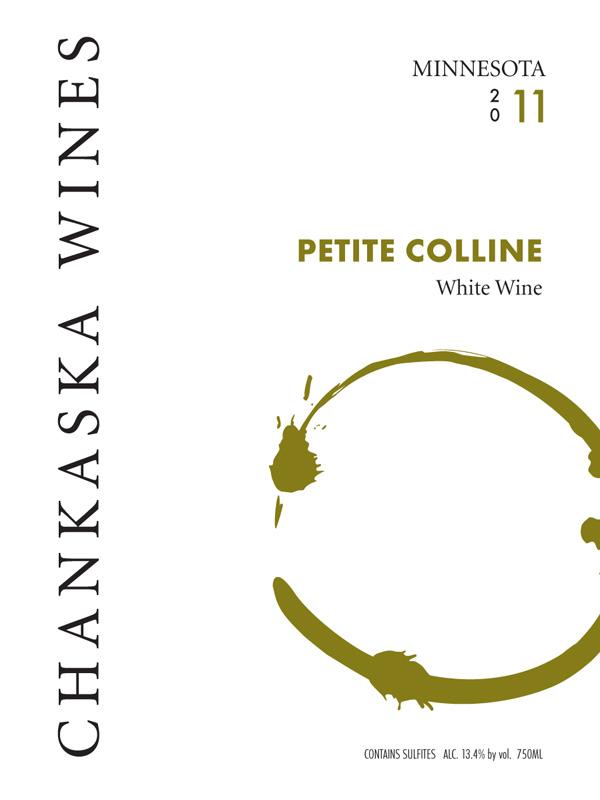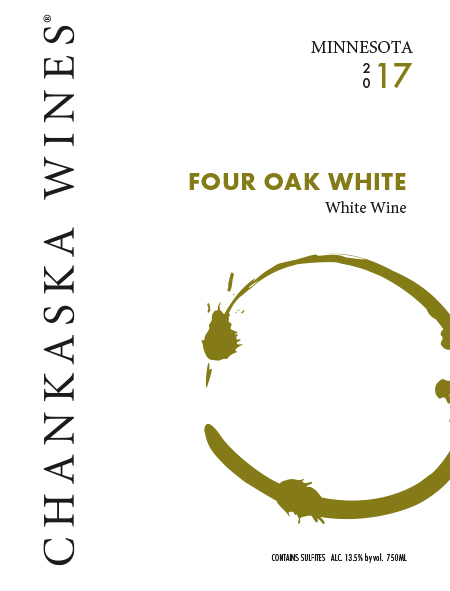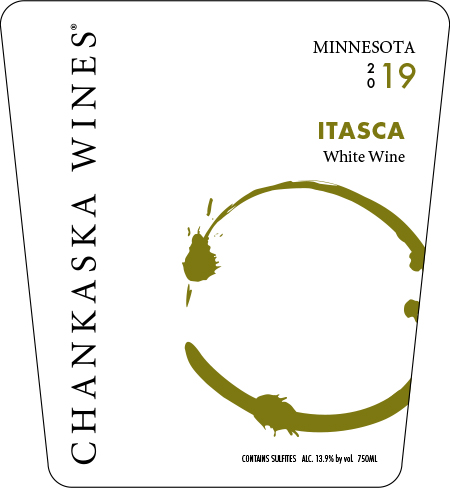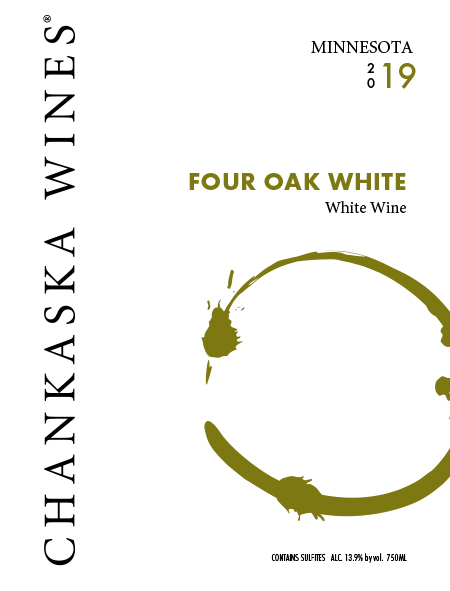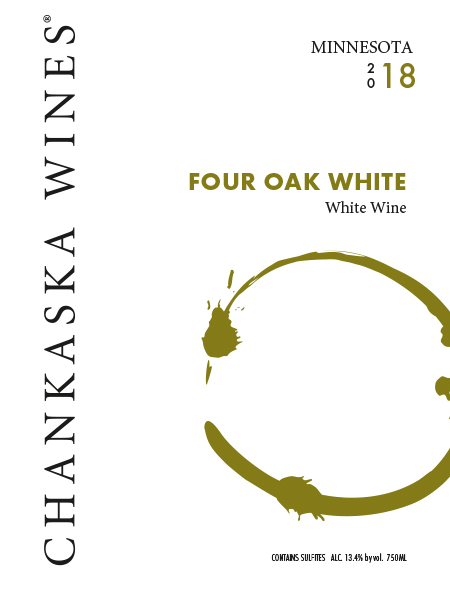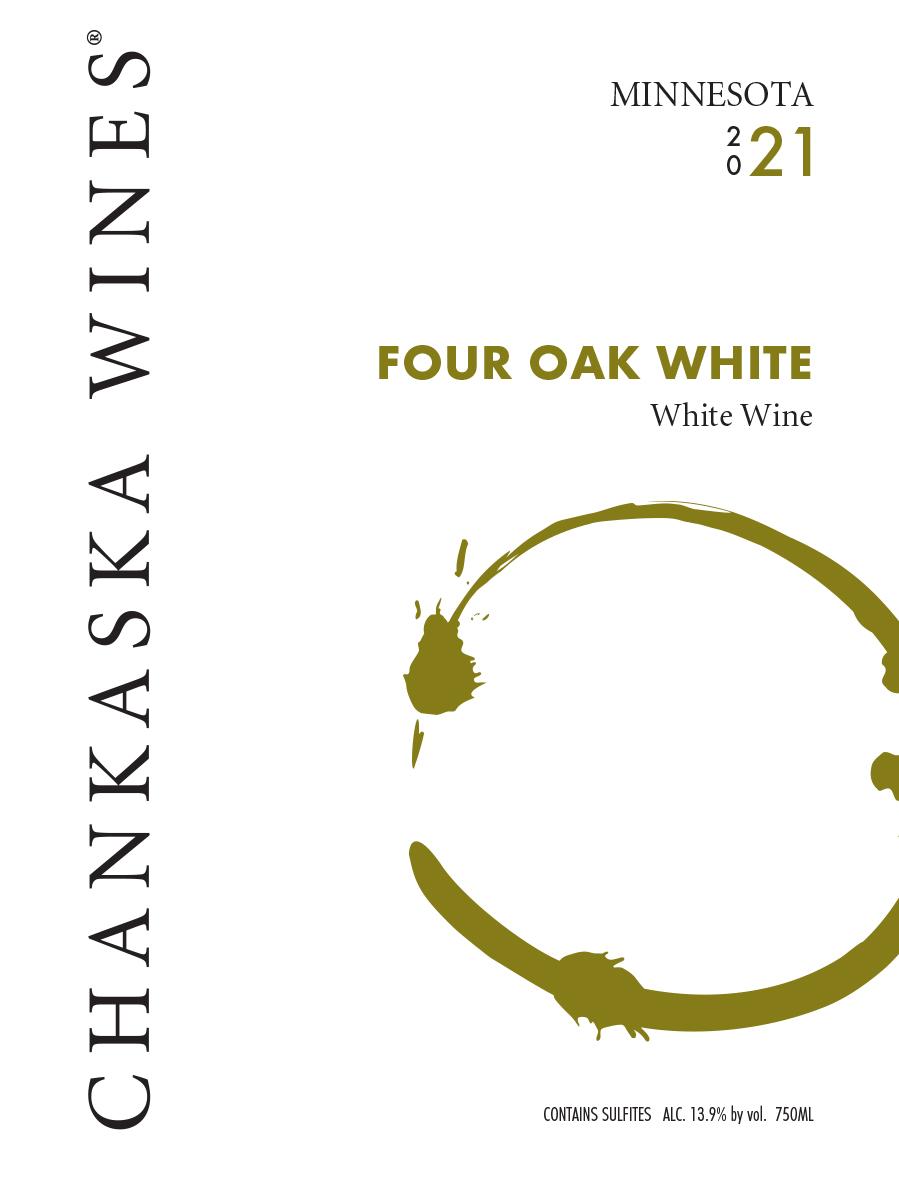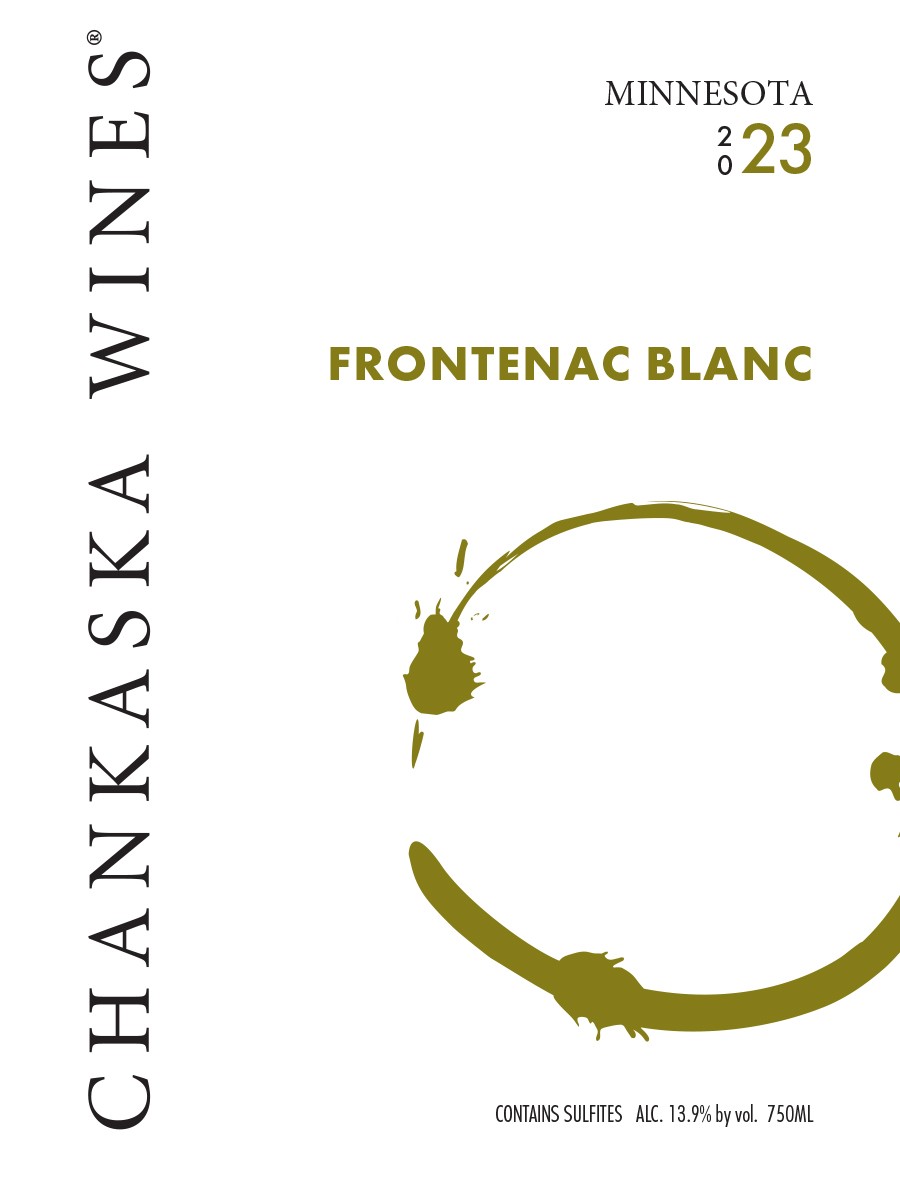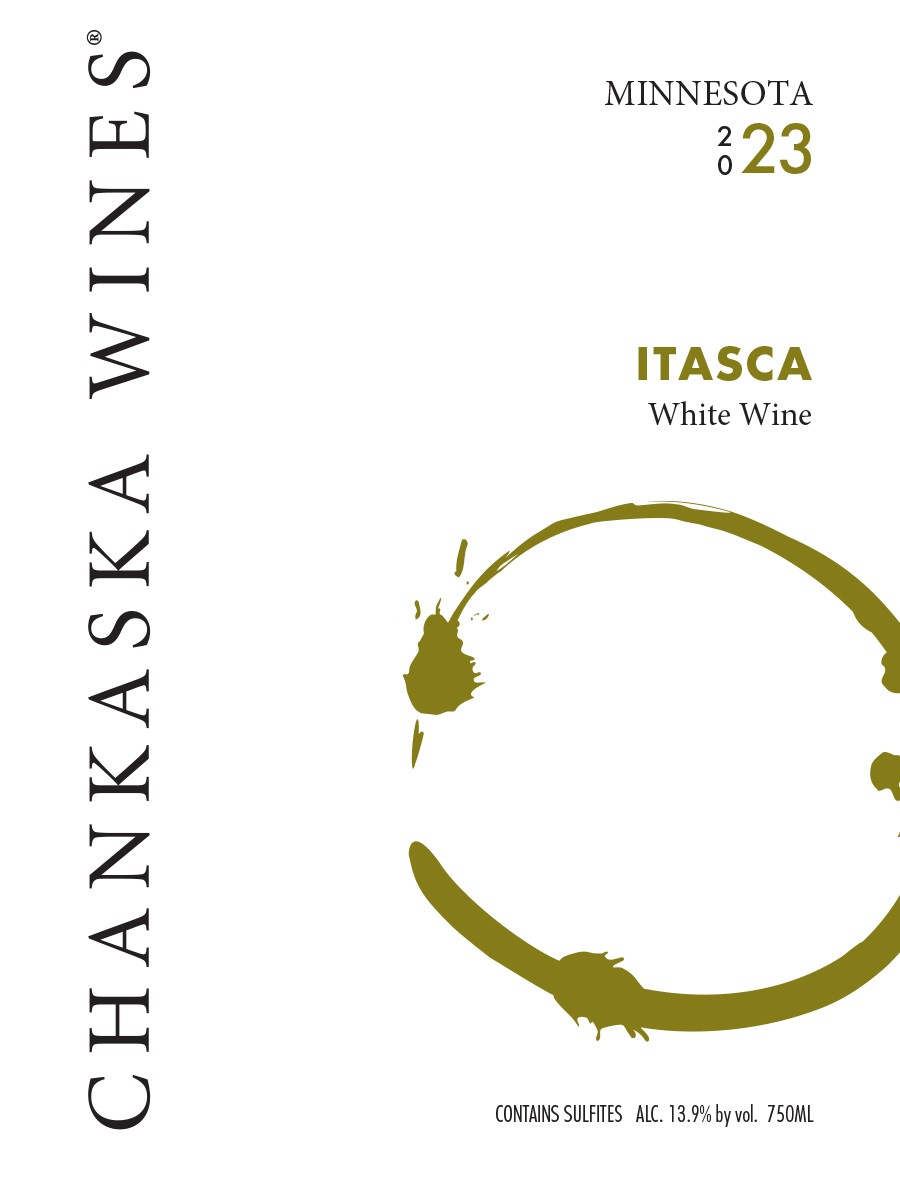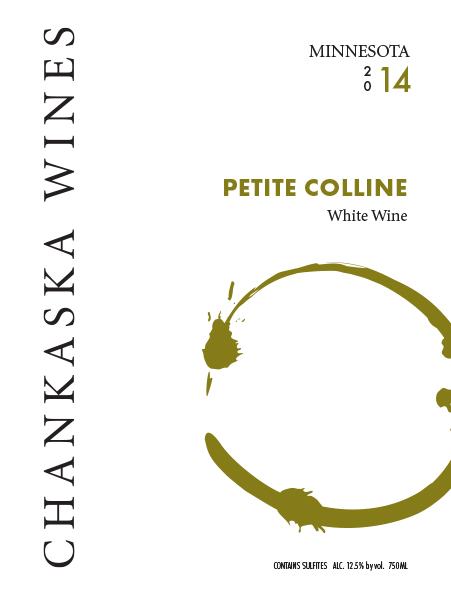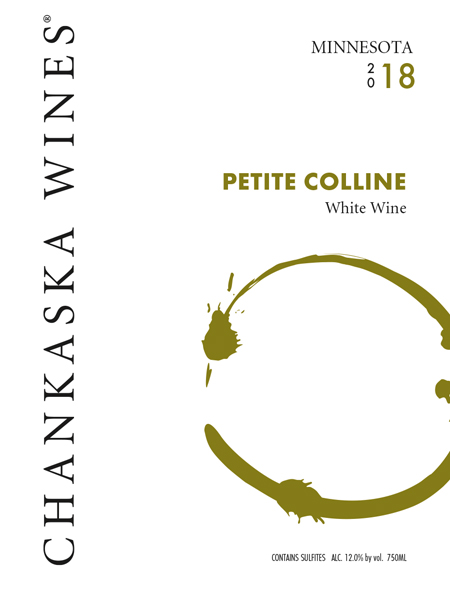Terroir of Minnesota
Minnesota's wine-growing is shaped by its extreme continental climate and glacier-carved terrain. With winter temperatures plunging to –40 °F, vines need extra care to survive. The short growing season offers warm summer days and long daylight hours, but early fall frosts demand cold-resistant hybrids that ripen by mid-September. Bodies of water create mesoclimates in regions like the Upper Mississippi River Valley and Alexandria Lakes, providing some frost protection and moderating temperatures.
Soils, formed by retreating glaciers, consist of loam, sand, gravel, and clay, with fertile loamy and well-drained soils promoting deep root growth. In Alexandria Lakes, deep soils encourage concentrated grape flavors, while Mississippi blufflands benefit from sandy loam and limestone-derived soils. Rolling terrain aids natural air drainage, guarding against frost pockets. Minnesota’s unique terroir, with resilient vines and careful cultivation, produces wines of remarkable intensity and character.
Notable Wineries in Minnesota
Minnesota’s wine scene is a tale of resilience and creativity, blossoming in the face of icy winters. This unexpected wine haven began with Alexis Bailly Vineyard in 1977, and has grown to include diverse wineries like Saint Croix Vineyards, known for award-winning La Crescent wines. In Chisago City, Winehaven Winery exemplifies innovation with patented grape varieties.
Carlos Creek Winery, the pride of the Alexandria Lakes AVA, delights with eco-friendly practices and lively festivals. These wineries, alongside others like Four Daughters and Chankaska Creek, demonstrate Minnesota’s dedication to crafting unique wines from cold-hardy grapes, creating a vibrant wine culture in the heart of the Midwest.
Sustainable Winemaking in Minnesota
Minnesota is paving the way in sustainable winemaking, integrating eco-friendly practices from vine to bottle. The state relies on cold-hardy hybrids like Marquette and Itasca, which are naturally disease-resistant, reducing the need for chemicals and supporting organic farming efforts. Vineyards employ low-impact methods such as cover cropping to enhance soil health and integrated pest management to minimize pesticide use.
Green energy innovations are also on the rise, with some wineries utilizing solar panels and geothermal heating to cut carbon emissions. The Minnesota Grape Growers Association, alongside the University of Minnesota, offers training on sustainable practices like soil management and water conservation. As nearly all vineyards strive to meet sustainability standards, Minnesota's wine industry is committed to producing environmentally friendly wines that reflect its unique terroir.
Wine Tourism in Minnesota
Wine tourism in Minnesota blends scenic landscapes with local charm, making it an appealing destination for wine enthusiasts. The state's wine trails, like the Three Rivers Wine Trail, connect historic wineries along picturesque valleys. Visitors can enjoy festivals and events such as the Waconia Wine Country Festival, which combines local wines with live music and outdoor fun.
Minnesota's unique approach includes activities like yoga among the vines and sauna nights during winter. Many wineries highlight local food pairings, enhancing the tasting experience. The wine tourism vibe here is relaxed and family-friendly, with options for self-guided tours or guided experiences. Minnesota's wine culture celebrates both the wines and the hospitality of the Midwest, offering an engaging way to explore its vineyards and communities.




